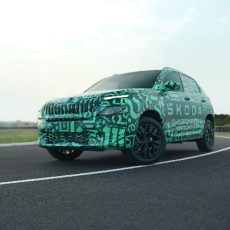The environment has been through a lot and while awareness is growing, it isn’t nearly enough. This World Environment Day we look at the cars that made a difference and began taking the steps forward to clean mobility.
Electric vehicles date back to the late 1800s and the concept isn’t new. However, with growing concern for the environment we live in and the threat of inevitable climate change if we don’t change ourselves, the evolution of electric vehicles has seen a fillip of late, with more manufacturers addressing the lack of models on a war-footing. This is a war to save ourselves from our own extinction by means of our own doing. Along the way though, there were some stalwarts who stood their own and their presence felt at a time when many didn’t take climate change seriously.
Toyota Prius
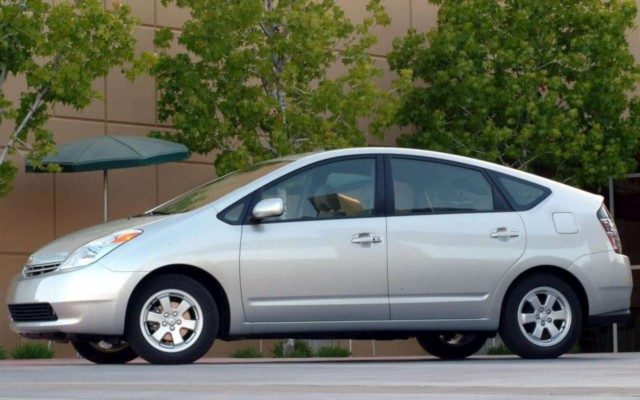
As much as nearly every automobile journalist hated the Prius, it was the first of many to come. At a time when many global markets lad large six- and eight-cylinder engines, the Prius, with its 1.8-litre four-cylinder engine and electric motor was the first mass-produced hybrid, and it opened eyes with its rating of several kilometres to a litre where, to many, litres to a kilometre seemed normal. The difference-maker was the efficient and refined engine and electric-hybrid powertrain that kept revs, emission levels and fuel consumption low. The Prius is now in its fourth generation and boasts several new features, an enhanced powertrain, and even a five-star safety rating from the Euro NCAP. It’s spawned a fair few variations in terms of body-styles, too.
The first hybrid, however, dates back to 1901, when Ferdinand Porsche made his version: the Lohner-Porsche Mixte, drawing power from a combustion engine and electricity stored in a battery.
Tesla Model S
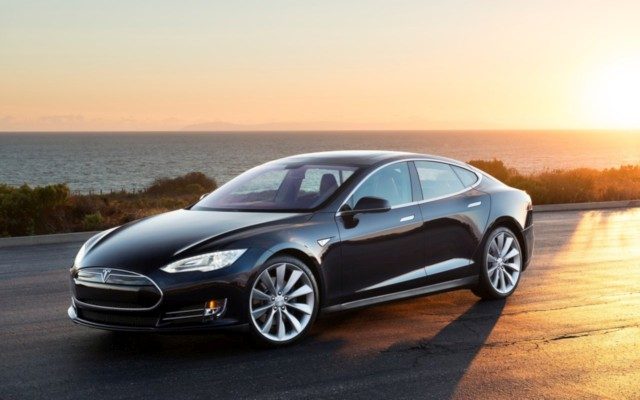
They saw. They came. They came close to conquering, too. Elon Musk’s electric premium vehicle showed that electric cars don’t have to be slow and boring. They could be fun and feel good to drive, too. With large battery packs, powerful electric motors and exciting styling, the American electric carmaker was soon going head to head with the biggest names in the automotive industry. A different sort of revolution was about to begin. While the first few attempts with the Roadster 11 years ago may not have gone as well as he had hoped, the Model S, which followed two years later, sure changed the way the world saw Tesla.
Available with a choice of outputs and even dual motors, the Model S delivered staggering performance that put many a sports car to shame, especially in the acceleration department.
Chevrolet Volt
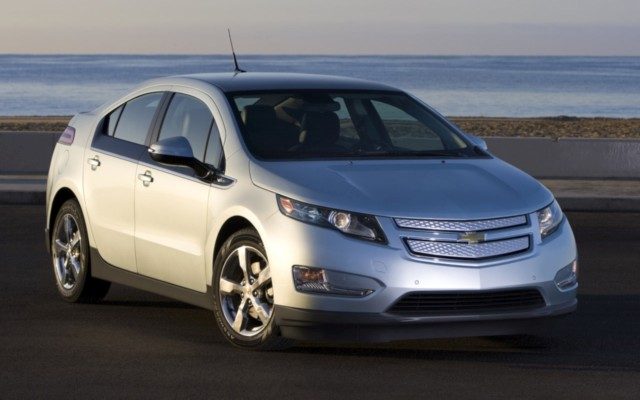
The first plug-in hybrid to be produced on a large scale came from General Motors back in 2010, about three years after the concept model had made its first appearance. Range anxiety was addressed with the option of a reasonable pure-electric range as well as hybrid performance to eke out more miles to the gallon in US speak. It combined a 16-kWh battery pack and electric motor capable of up to 48 km of range by themselves, with a 1.4-litre petrol engine that allowed another 500 km or so of added range.
The plug-in hybrid ball had begun rolling and, soon, there were diesel plug-in hybrid models from Peugeot, Volvo and Mercedes-Benz that pushed out unreal hybrid economy figures and took the whole range on a tank-full to dizzying new heights.
Mercedes-Benz E 300 Bluetec Hybrid

Among the stand-out examples of diesel plug-in hybrid models was this – the E 300 Bluetec Hybrid. With the famous 2.2-litre turbo-diesel engine, making 204 PS and 500 Nm, paired to a 20-kW (27.2-PS) and 250-Nm electric motor positioned between the engine and the 7G-Tronic automatic transmission, this modular hybrid drive principle looked promising. The 4.2 litres/100 km or 23.9 km/l figure would be no surprise and one example made the journey from Tangier in North Africa to Goodwood in England without having to refuel. The CO2 figures, too, were a revelation.
The newer E-Class and lighter C-Class, in 300 de guises, use the new OM 654 diesel and much more efficient 9G-Tronic hybrid-automatic transmission to astounding effect. The C 300 de claims a fuel efficiency figure of as high as 71 km/l with negligible CO2 and NOx emissions. With new avenues in emission control technology being explored every second today, there is hope for maximum uses of minimum limited fuels, making the most of what we have in the best way possible.
BMW i8
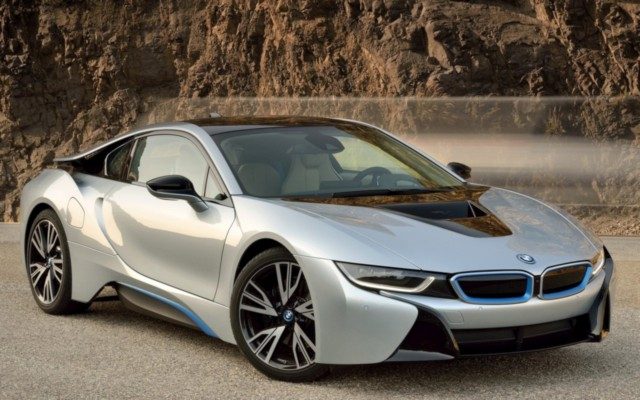
What started as their Vision EfficientDynamics Concept, turned out to be a spectacular road car when it went into showroom circa 2015. With the i8, BMW fused the two together, literally, and created a performance machine like no one had seen before. It could be pure electric and clean while also offer enthralling hybrid performance. With the electric factor adding to the fun in terms of output and dynamic assistance. The first i8 had up to 362 PS and 570 Nm on offer, combining a turbo-charged 1.5-litre, three-cylinder petrol engine (231 PS/320 Nm) and electric motors (130 PS/250 Nm) to great effect.
There are other, more extreme examples of that sort of powertrain that followed, each of which were considered the holy grail by many at the time: Porsche’s 918 Spyder, Ferrari’s LaFerrari and McLaren’s P1. The new i8, meanwhile, has been enhanced to make it more powerful and even more efficient than before. The engine delivers the same output but the new electric output is 105 kW or 143 PS, for a peak combined 374 PS.
Toyota Mirai
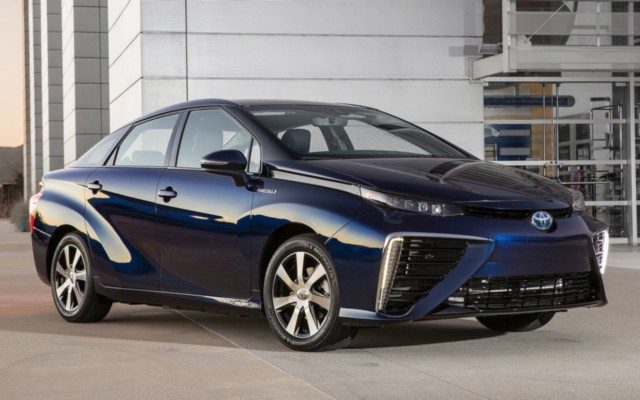
Hydrogen is the fuel of the future. However, while it is abundantly available. It’s not something you can catch and store as easily. The processes involved are complicated and expensive to say the very least. However, with the Mirai, Toyota have shown that a hydrogen fuel-cell powered production car is not that far-fetched a concept. The FCV Concept it came from, shown at the 2013 Tokyo Motor Show, combined lightweight fuel-cell stacks and a pair of high-pressure hydrogen tanks. This concept was preceded by the FCHV-adv Concept shown in 2010 in the US and, as such, featured even more promising equipment. The peak output of around 100 kW (136 PS). Toyota, by increasing the voltage, could make the e-motor smaller and also lower the fuel-cell count to create a system that was more compact but which also delivered better performance at a further reduced cost.
The Mirai arrived about four year ago. Toyota stated then that there were only two ways to change the way things are: one is to use less petroleum and the other is to diversify energy sources. Combining high thermal efficiency, low fuel consumption engines and a host of advanced technologies, hybrid vehicles are a perfect example of how to use less fossil fuel. The Mirai runs an electric motor with the power generated by a chemical reaction between hydrogen and oxygen in a fuel cell. The only by-product of the operation is water vapour. The refuelling process is also quick, as low as five minutes, with over 500 km of range on offer.
While the Mirai is targeting a niche, at US $58,500 (Rs 41 lakh), it isn’t that outrageous. Toyota even provide free fuel for up to three years or US $15,000 (Rs 10.5 lakh) whichever comes first.
Story: Jim Gorde




